The Empire State Building is unquestionably one of the most famous buildings on the planet — and despite it losing its title of the tallest building in the world back in 1970 when the North Tower of the twin towers of the World Trade Center was still under construction, it never lost its iconic status in the world of skyscraper architecture.
9 Different Architectural Styles of The Empire State Building Reimagined
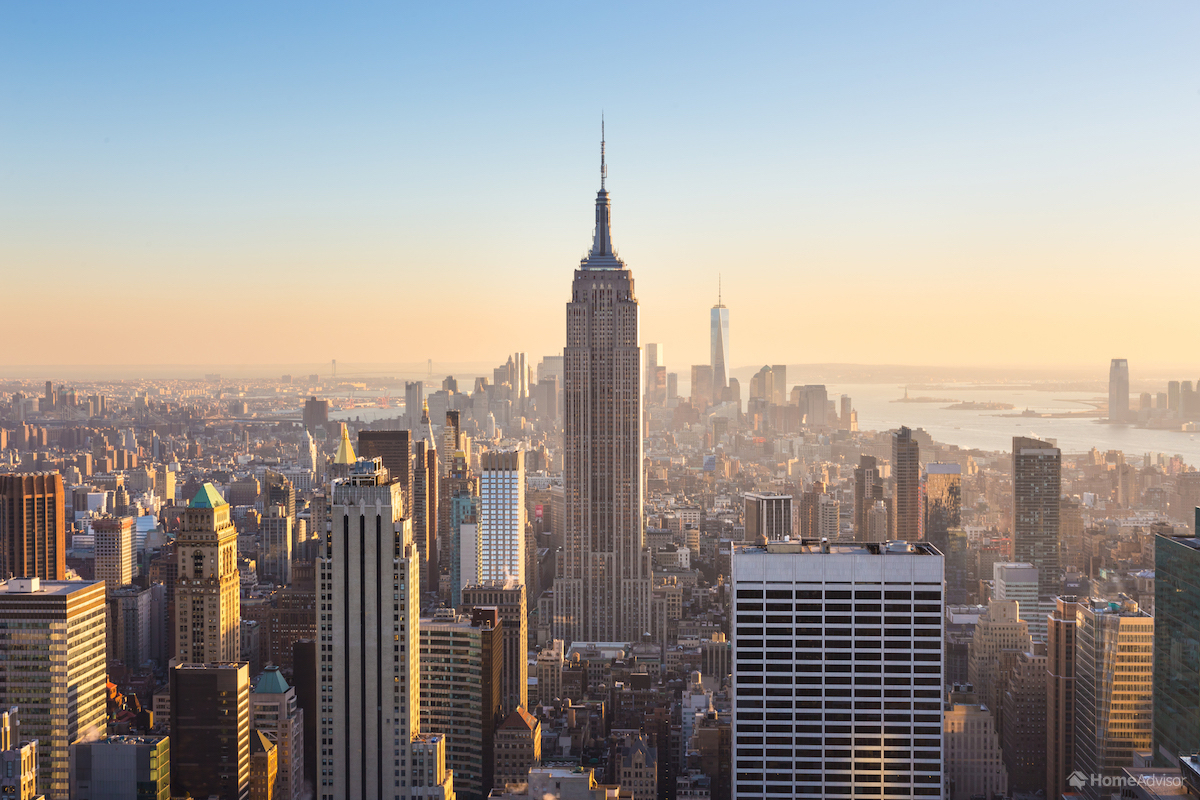
As the first building in the world to be comprised of greater than 100 floors, the Empire State Building stands at 1,250 feet tall — but the antenna extends the official height of the structure to 1,454 feet.
This building is a classic example of Art Deco design; and it is so recognizable by millions of people that imagining it any other way is difficult at best — but this article from HomeAdvisor gives a glimpse into what the Empire State Building would look like if it were designed in nine other different styles of construction.
I have been given express written permission to use the images and the verbatim text from the aforementioned article in this article. Typically — in an article such as this one — I would add brief notes; but I am not knowledgeable enough about architecture to add any value to the information which is already here.
1. Ancient Roman
Roman architecture followed classical orders such as the Doric, Ionic, and Corinthian. Despite this reverence towards the legacy of Ancient Greece, Roman architects were great innovators and developed new construction techniques of their own. For example, they were the first civilization to use arches to support their structures. It obviously worked as many iconic structures such as the triumphal arch and amphitheater are still seen to this day.
Did you know? To give their buildings a traditional look, the Romans continued to incorporate columns even after they were no longer structurally necessary.
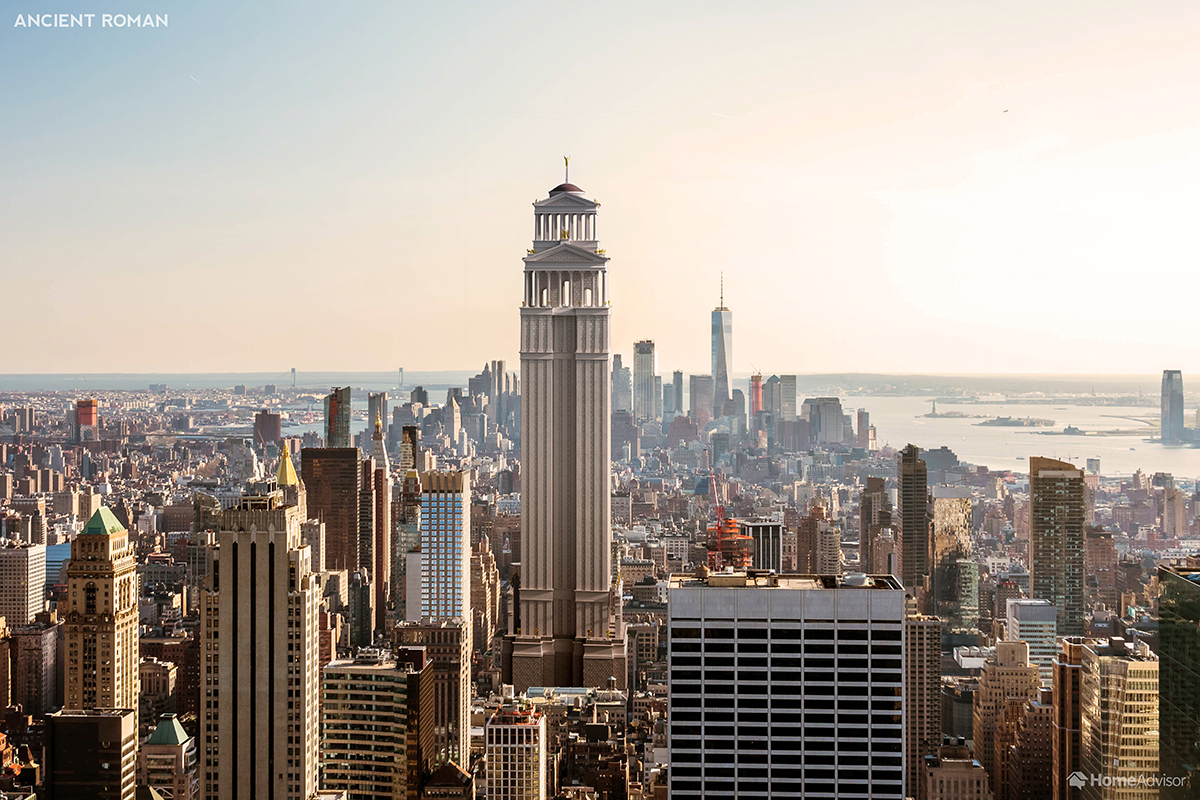
2. Renaissance
Renaissance architecture originated in Florence in the early 15th century. Architects of the time rejected Gothic style intricacy, instead opting for a return to the simplicity and balanced-proportions of Roman classicism. Rounded arches and domes were revived, and architects strived to create structures which would appeal to both emotion and reason. Buildings such as the Florence Cathedral and the Basilica of San Lorenzo prove that they succeeded in their ambitions.
Did you know? During the Renaissance it was considered essential to an architect’s training to visit Rome to study the ancient buildings and ruins.
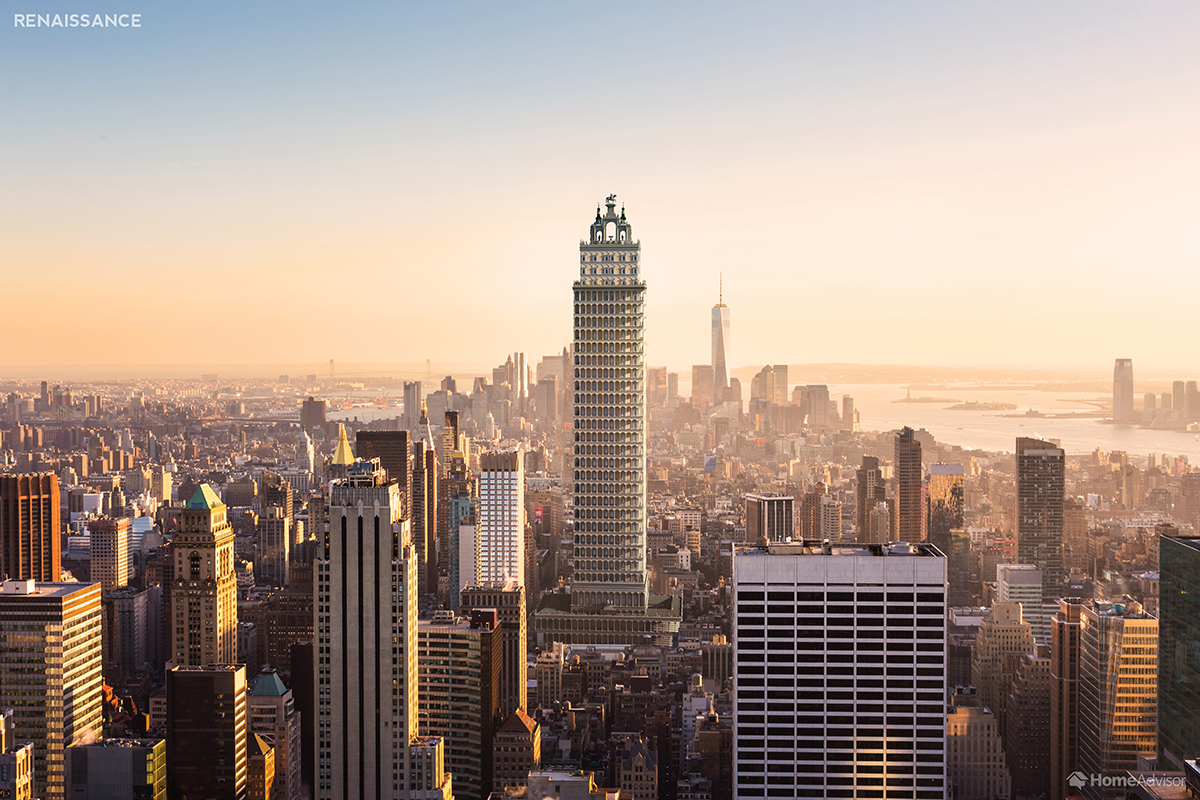
3. Gothic
Originating in northern France in around 1140, the Gothic style produced some of Europe’s most beautiful, and impressively engineered, buildings. Gothic cathedrals and churches can be identified by their pointed arches, ribbed vaults and flying buttresses. Constructions such as the Notre-Dame in Paris and London’s Westminster Abbey continue to captivate visitors to Europe to this day.
Did you know? Rib vaults, flying buttress and pointed arches were all designed to increase natural light – which was a problem due to the soaring heights of the buildings.
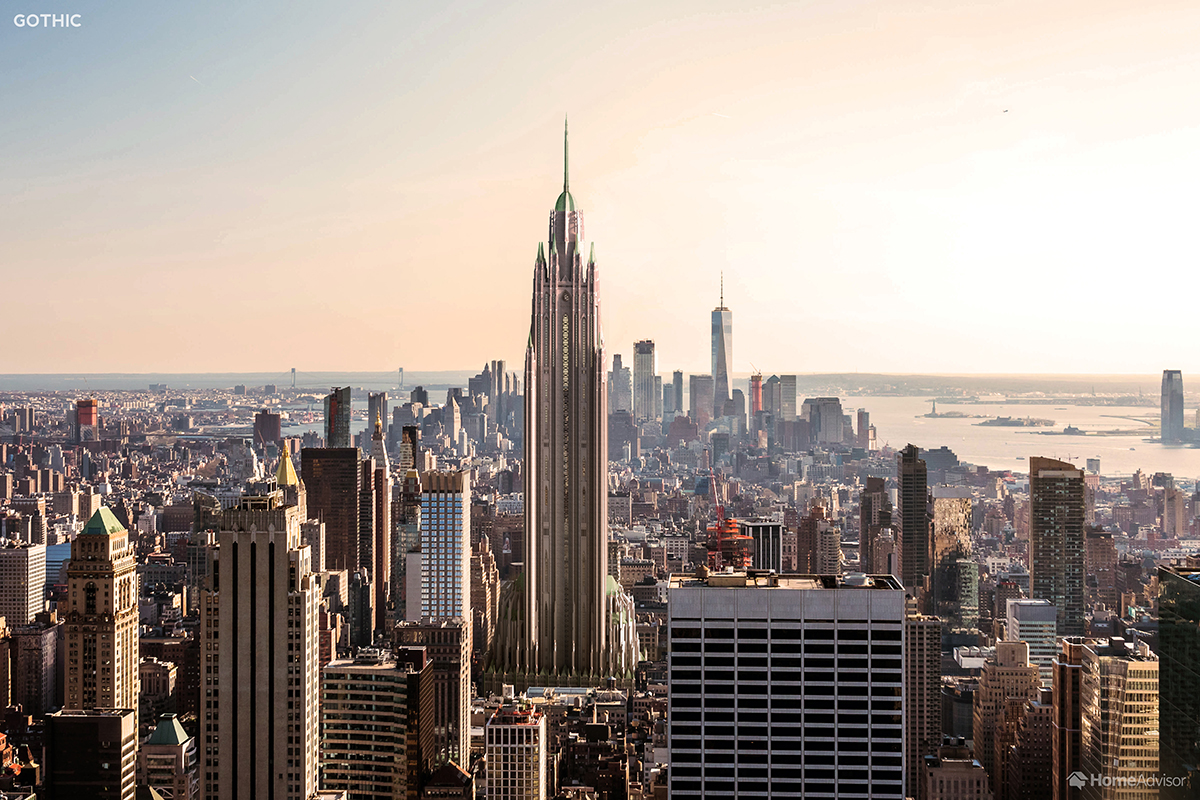
4. Art Nouveau
Starting in around 1890, the Art Nouveau movement produced some of the most beautifully-crafted buildings in history. Architects throughout Europe and America made use of materials such as glass and wrought iron to create elaborate, curved lines and shapes inspired by natural forms. Perhaps the best known examples of this style can be found in Barcelona, thanks to the legendary Antoni Gaudí who designed many of the city’s landmarks.
Did you know? The last 120 years has seen a ruthless demolition of Art Nouveau structures. French architect Hector Guimard’s innovative Parisian concert hall was destroyed 1905.
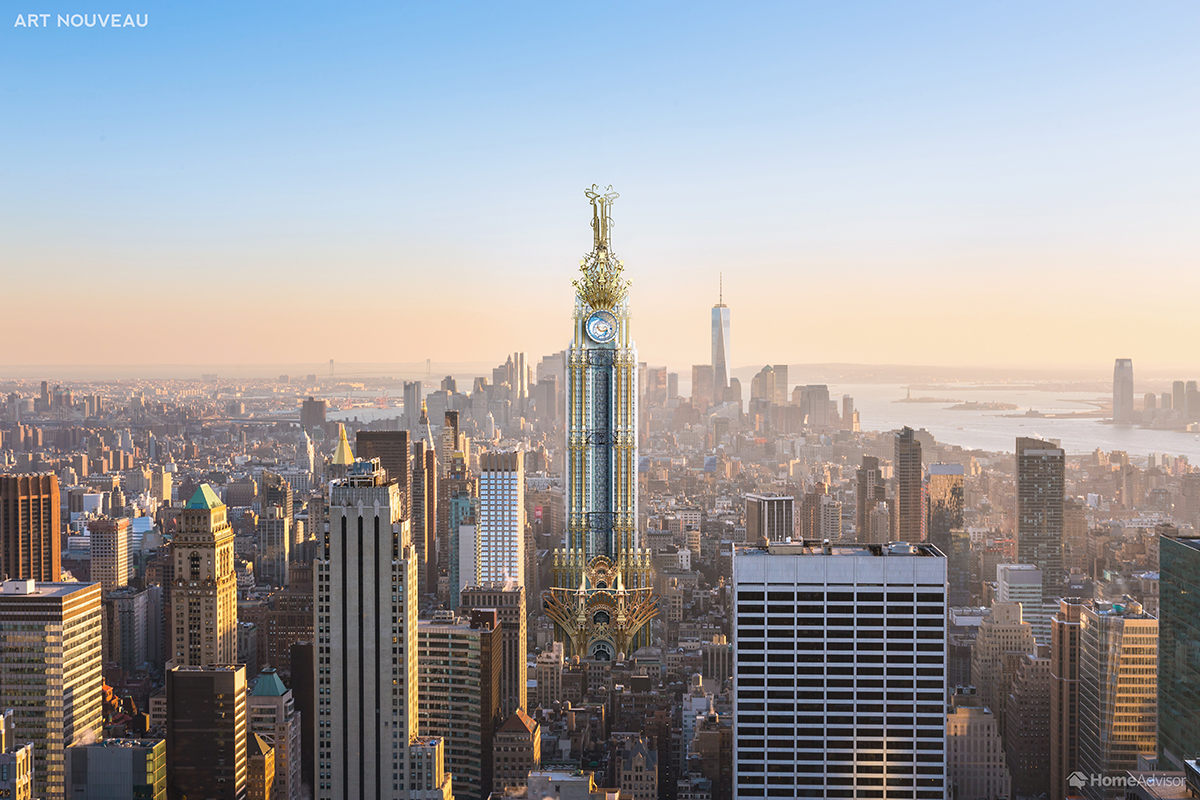
5. Traditional Japanese architecture
Steeped in tradition and emphasizing harmony with nature, Japanese architecture, aka 日本建築 Nihon kenchiku, has a very long history. Structures were usually elevated slightly off the ground, with sliding doors instead of walls, allowing the space to be customized for different occasions. Many of the country’s spectacular shrines and temples in this style are still standing.
Did you know? Japanese buildings were traditionally built with wood because of the abundance of timber at the time, but also due to the material’s resistance to earthquakes.
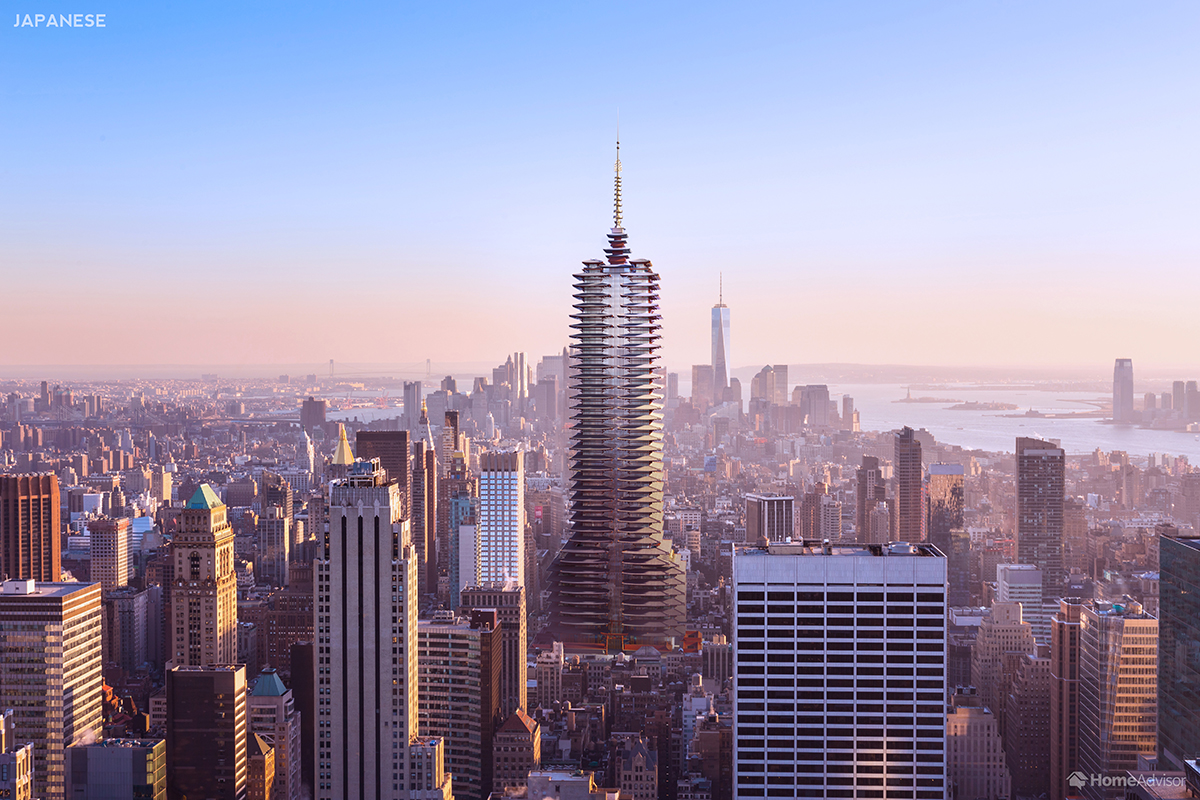
6. Postmodern architecture
In the late 1960s many architects began to question the modernist outlook that architecture had the power to remedy societies’ problems. They wanted to move away from the formality and lack of variety of modern architecture. This new-found freedom resulted in a style that’s impossible to define because many postmodern architects resist classification. The Portland Building by Michael Graves put postmodern architecture on the map.
Did you know? In 1966 the massively influential Complexity and Contradiction in Architecture, written by architect Robert Venturi, fundamentally changed how we think and talk about architecture.
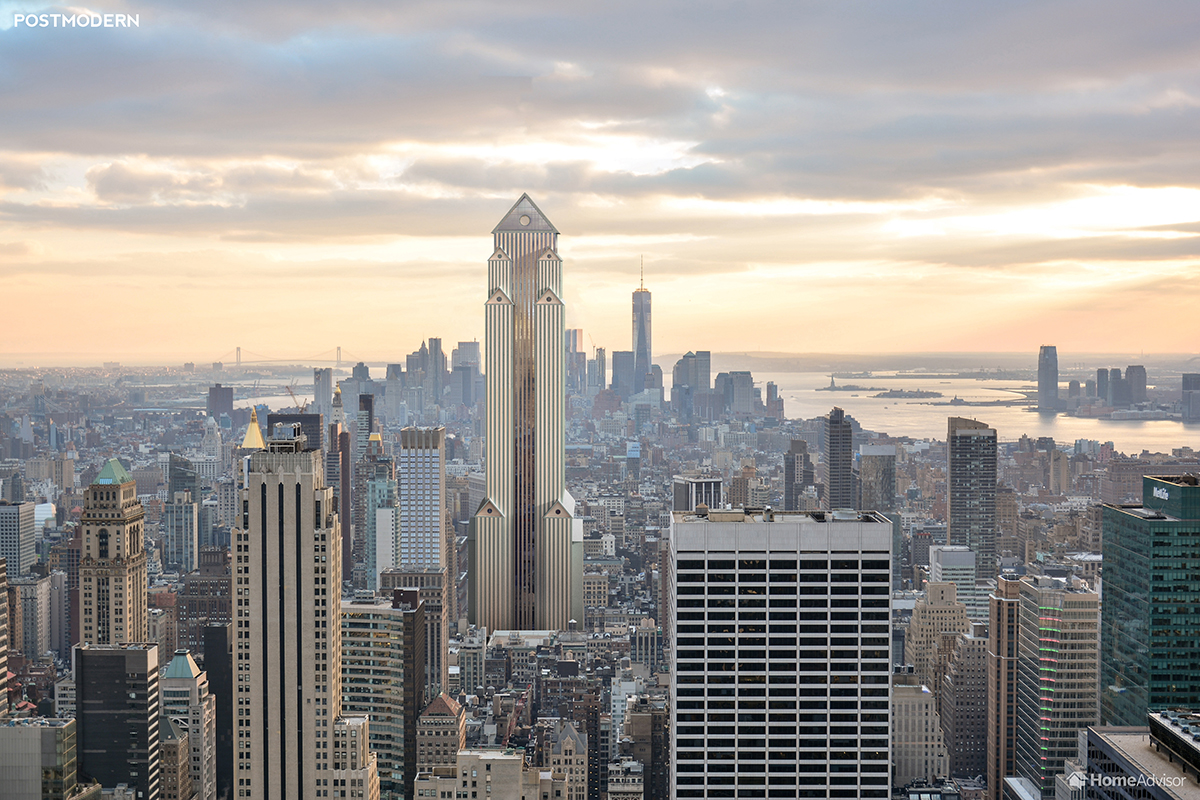
7. Brutalism
Over the years, Brutalism has been demonized and celebrated in equal measure. The term was coined by the British architectural critic Reyner Banham in 1955 to describe the work of architects Peter and Alison Smithson. From the 1970s on, these fortress-like, concrete monoliths became immensely unpopular. They only rose in popularity recently when new admirers started to praise buildings like Preston Bus Station and Park Hill in Sheffield as architectural landmarks.
Did you know? While Brutalist buildings were obviously not the first to use concrete, they were the first to use it for the construction’s facade. Before this, concrete was usually hidden beneath the surface.
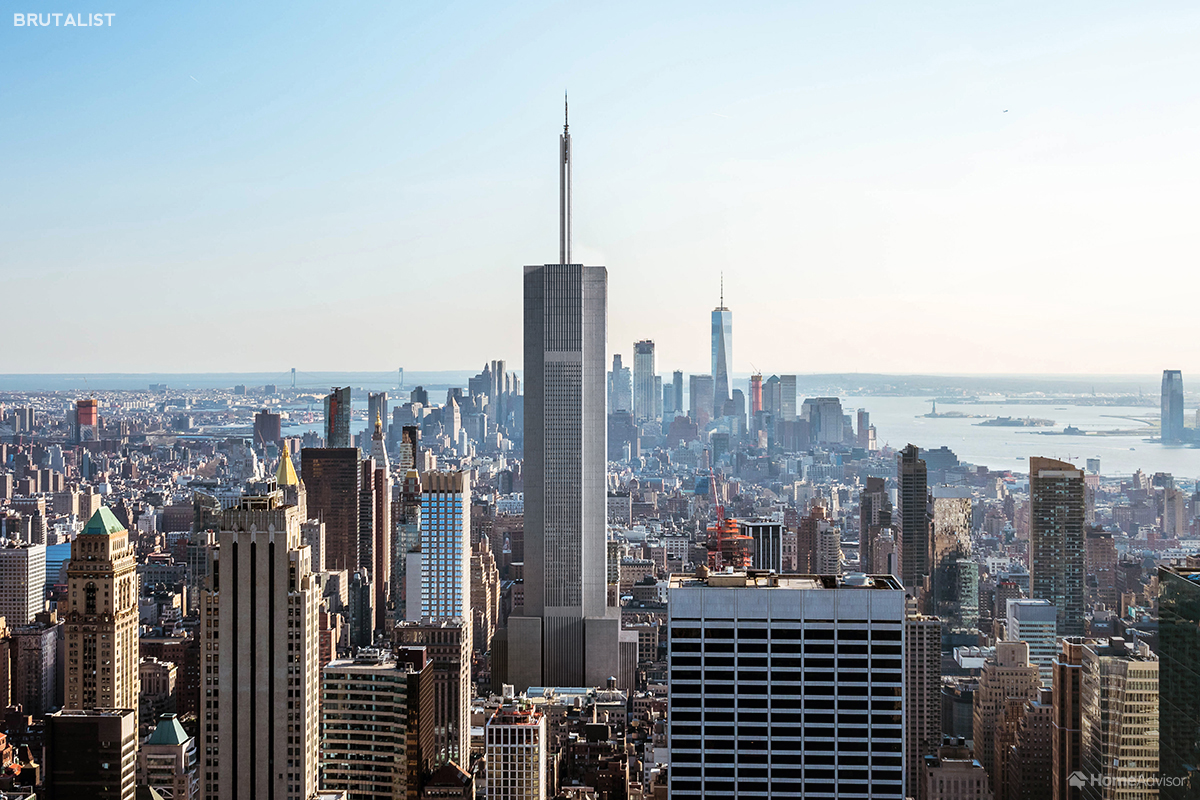
8. Deconstructivism
Like postmodernism, deconstructivism doesn’t revolve around one coherent ideology. It’s more about breaking traditional architectural rules. Deconstructivist architects are strongly opposed to the idea that a building must look consistent and organized. They, instead, design structures that are broken into seemingly unconnected components. The Guggenheim Museum in Bilbao is perhaps the best-known example of this mind-bending style.
Did you know? Deconstructivism was born out of philosophy. It was primarily fathered by Derrida who sought to undermine preconceived beliefs around reason and logic.
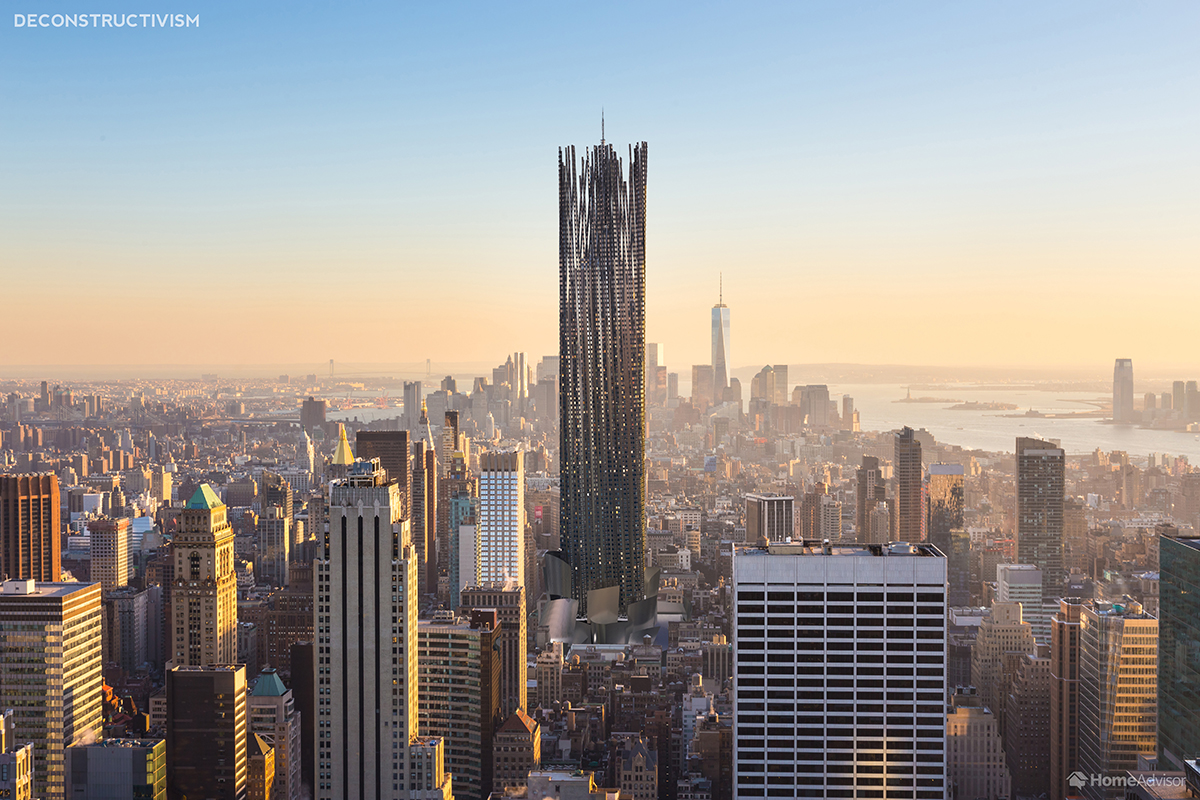
9. Sustainable architecture
Sustainable architecture is on the rise in today’s eco-conscious world. Natural and renewable materials such as concrete, wood and rock, along with recycled glass and lumber and even living plants are used. In our re-imaging a frame attached to the middle of the building allows for the planting of a ‘green-wall’ consisting of thousands of plants. Sustainable architecture isn’t just about materials though. Designers also focus on how energy will be used in the structure. The Shanghai Tower has wind turbines at the top which power it’s outer lighting. This is like our re-imaging of the Empire State which has wind turbines atop it but also features solar panel covered walls to capture as much renewable energy as possible.
Did you know? By using natural and recycled materials combined with renewable energy sources, these buildings are usually cheaper to construct.
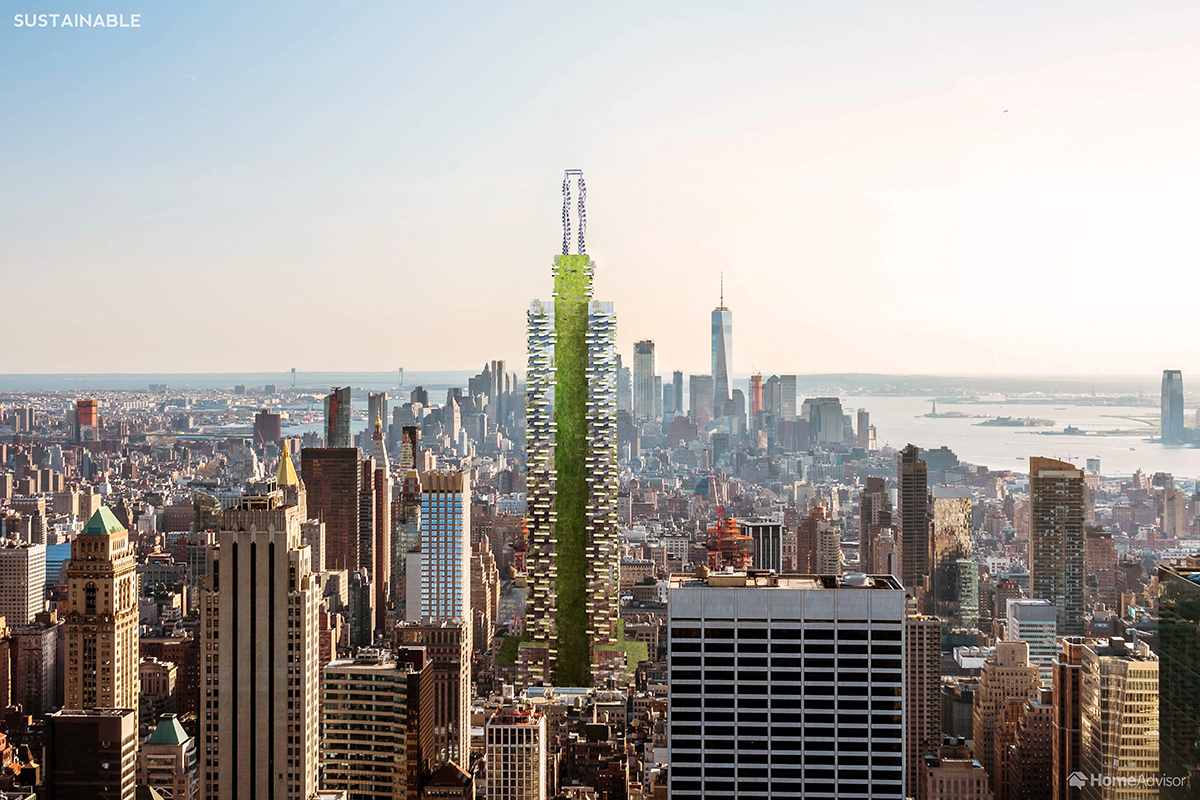
Summary
This is a fun article in imagining the Empire State Building in other architectural styles; but to me, I like it just the way it is in its original Art Deco form. I have been to the Empire State Building and its observation decks multiple times and would still visit today — although admission ticket prices are not inexpensive, with an adult ticket costing a minimum of $37.00 for the observation deck on the 86th floor and $57.00 for both observation decks.
Back in 2015, I visited the One World Observatory at One World Trade Center in New York, which is the tallest building in the western hemisphere and currently the fourth tallest building in the world…
…and I also visited the tallest building in the world on that same trip: Burj Khalifa in Dubai, which I do not recommend paying for the premium admission ticket due to my experience and official response to that disappointing experience.
Both buildings will lose their current titles in terms of height, though: the Kingdom Tower in Jeddah is expected to surpass Burj Khalifa as the tallest building in the world prior to its expected completion in 2018 and grand opening in 2019…
…and slated to surpass the height of Burj Khalifa by approximately 100 meters or 328 feet, the construction of The Tower at Dubai Creek Harbour — which is due to open by the time Dubai hosts the World Expo — is expected to be completed and opened sometime in the year 2020 at a cost of one billion dollars.
Imagine these aforementioned structures undergoing a similar restyling as the Empire State Building did in this article…
Photograph ©2015 by Brian Cohen.

